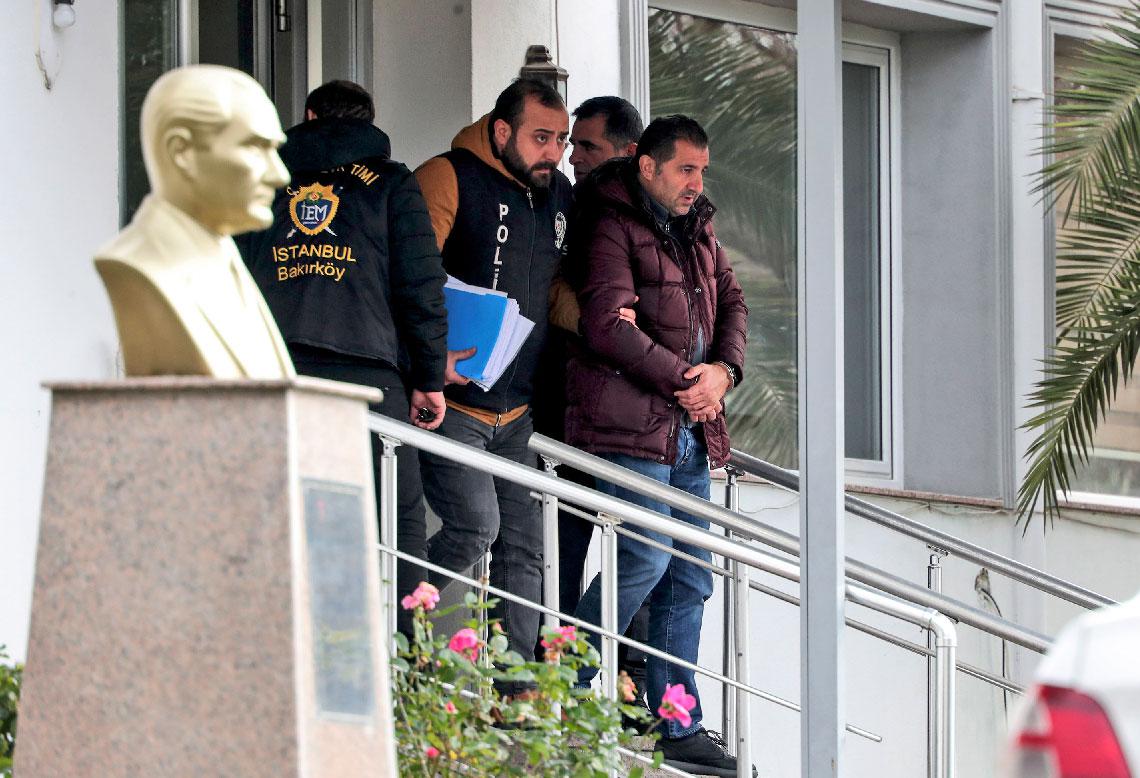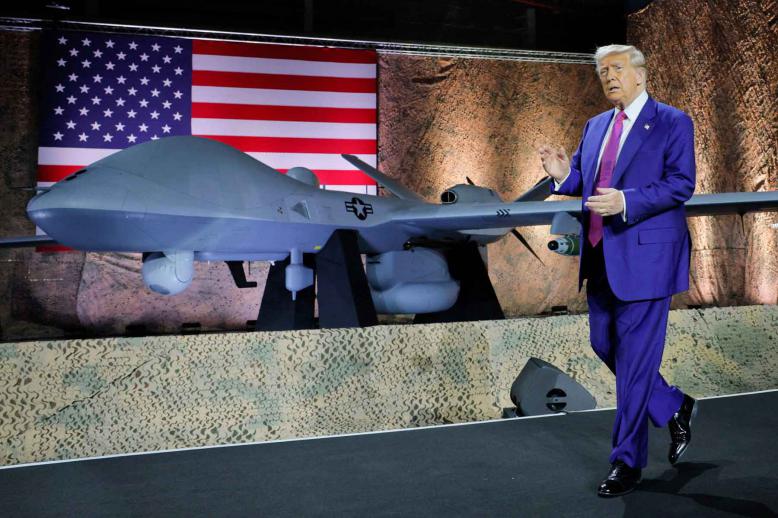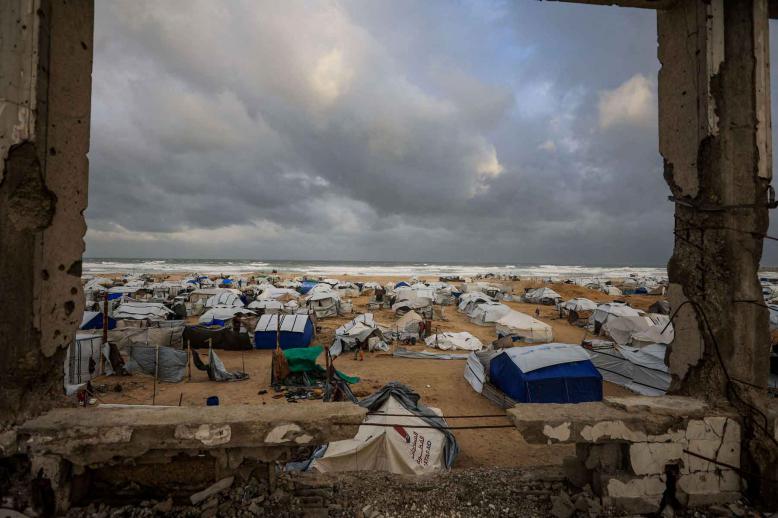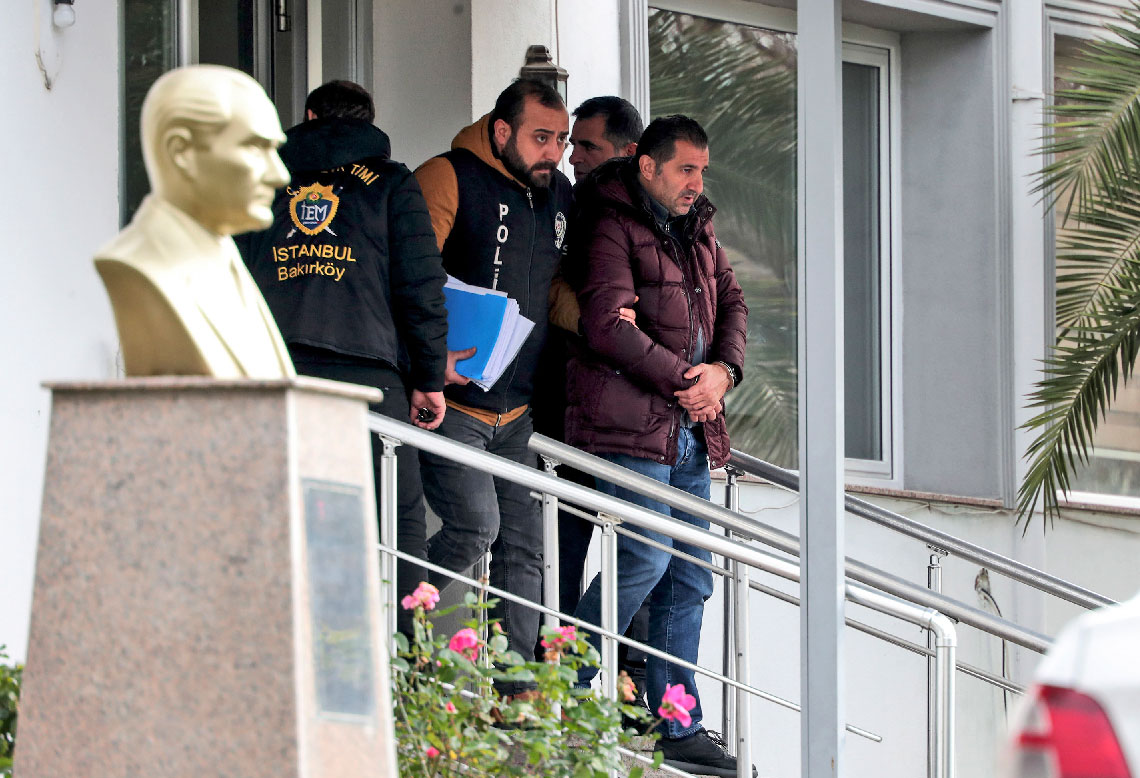Questions abound over Ghosn's mystery escape from Japan
ISTANBUL - Despite being one of the world's most-recognisable executives, former Nissan chairman Carlos Ghosn probably embarked onto a private jet from a quiet lounge in Japan's third-largest airport on his astonishing escape from a fraud trial.
Somehow, Ghosn appears to have passed immigration and luggage checks before a flight to Istanbul from Kansai International Airport in western Osaka city, the plane's owner said, becoming one of the world's best-known fugitives.
Details remain shadowy, but one employee of Turkish operator MNG Jet has admitted not including Ghosn's name in official documentation, the airline said. It said Ghosn used two of its planes illegally in his escape from Japan, with an employee falsifying lease records to exclude his name from the documents.
MNG Jet said it had filed a criminal complaint over the incident, a day after Turkish police detained seven people, including four pilots, as part of an investigation into Ghosn's passage through Istanbul en route to Lebanon.
MNG Jet said in its statement it leased two jets to two different clients in agreements that "were seemingly not connected to each other." One plane flew from Osaka to Istanbul, the other from Istanbul to Beirut.
"The name of Mr Ghosn did not appear in the official documentation of any of the flights," it said.
"After having learnt through the media that the leasing was benefiting Mr. Ghosn and not the officially declared passengers, MNG Jet launched an internal inquiry and filed a criminal complaint in Turkey," it added.
An employee admitted to falsifying the records and confirmed he "acted in his individual capacity," the company said.
The pilots and other detainees, including two airport ground staff and one cargo worker, were sent to court in Turkey on Friday after giving statements to police, according to a Reuters witness.
Perhaps in disguise
Ghosn has said he will speak publicly about his escape on Jan. 8.
Some Lebanese media have floated a Houdini-like account of Ghosn being packed in a wooden container for musical instruments after a private concert in his home, but his wife has called the account "fiction".
NHK said police suspected Ghosn may have left his home to meet up with someone before heading to an airport. Under the terms of his bail, Ghosn was required to have security cameras installed at the entrance of his house.
Japanese public broadcaster NHK, citing investigative sources, said a surveillance camera captured the former Nissan Motor Co chairman leaving his Tokyo residence alone shortly before his escape.
The security footage was taken by a camera installed at his house in central Tokyo around noon on Sunday, and the camera did not show him returning home, NHK said. By early Monday, he had touched down in Istanbul.
"He would have had to go through as a passenger, perhaps in disguise," airport spokesman Kenji Takanishi told Reuters, amid multiple conspiracy theories over how Ghosn pulled off his exit.
The slightly built Nissan boss does have experience in disguises: when first released on bail in March, he walked out of the detention centre disguised as a workman to avoid media.
After landing in Turkey, Ghosn, who faced trial in Japan for financial misconduct charges that he denies, switched planes and flew on to his childhood home Lebanon. His escape capped a year-old saga shaking the global auto industry.
Embarrassed security
Kansai airport spokesman Takanishi said privacy was a big attraction for wealthy travellers at the 300-square-metre "Premium Gate Tamayura" - which means "fleeting moment" - for private jets.
Even so, it remains a mystery how Ghosn, who holds French, Brazilian and Lebanese citizenship, was able to orchestrate his departure despite being under strict surveillance by Japanese authorities, with movements and communications curtailed.
Private jet owners pay 200,000 yen ($1,850) to use the facility in Osaka, where normal immigration and baggage procedures apply. Luggage too large for the X-ray scan is opened and examined, Takanishi said, meaning it was unlikely Ghosn could have been smuggled on board.
Yet immigration officials have no record of him leaving, public broadcaster NHK has reported.
"I think I would recognise Ghosn if I took a good look at his face, but we don't really look at people's faces," said a security guard at the private gate.
"It would be harder to spot him if he was wearing a disguise or was in a group."
One airport official, who also declined to be identified, said airlines often outsource security and luggage checks to private security companies in Japan, unlike other countries where government or military officials normally do them.
Outside the terminal entrance, a dedicated parking lot stands less than 100 metres away, allowing a degree of privacy not afforded to commercial jet passengers.
Security staff had all heard the reports Ghosn flew out under their noses. But they were trying to avoid talking about it given the potential blow to pride.






